Ultrasound Guided Skip Incisions During Femoropopliteal Bypass Improves Post-Op Pain and Mobility Without Compromise To Complications or Amputation Free Survival
ABSTRACT NUMBER: NESS PRIZE FOR JUNIOR TRAINEES (BELOW ST3)_4
MAIN ABSTRACT TEXT
Introduction
Femoropopliteal (and femoro-tibial) bypass is a well recognisable and durable surgical option for occluded femoro-popliteal segment. Ipsilateral great saphenous vein, if suitable, has been the most usable graft. It could be reversed or used in situ after valvulotomy. Previous studies have demonstrated no difference in patency between the two modalities. However, by using ultrasound guided ligation of GSV tributaries through stepped incision, this could have a positive impact on post operative pain and mobility. There is no current evidence to suggest superiority of this approach over a continuous incision. We present our retrospective data at a single regional vascular centre.
Methods
Retrospective analysis of 62 venous bypass procedures of the lower limb 2018 to 2021 was conducted at a regional vascular surgery centre in the North-East of England. The time to mobilisation, length of stay, pain scores and clinical outcomes were compared between those who had complete dissection of the GSV and those who had selective incisions with percutaneous ligation of tributaries.
Results
Stepped incisions were associated with a reduced mean time to mobilisation (4.5 days to 2 days, p=0.015). Mean pain scores were improved at 4-hours post-operatively (5/10 vs 2.5/10, p= 0.012) and 48 hours post-operatively (2.4/10 vs 0.6/10, p=0.022). There were no statistically significant differences between the mean length of stay or amputation-free survival.
Conclusion
In this observational study, using stepped incision for in-situ bypass grafting using the GSV improves post-operative mobility and pain without causing effecting post-operative complications or clinical outcomes.
